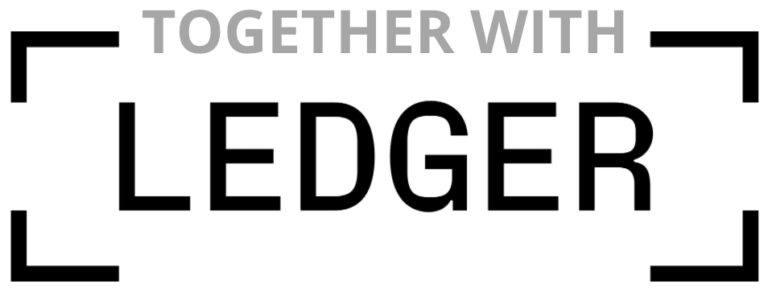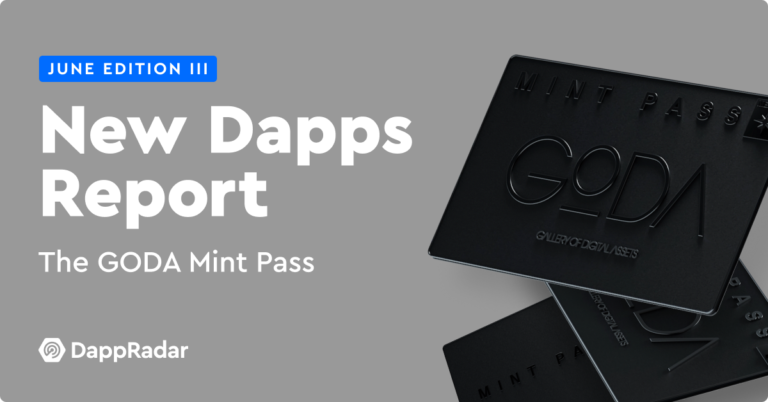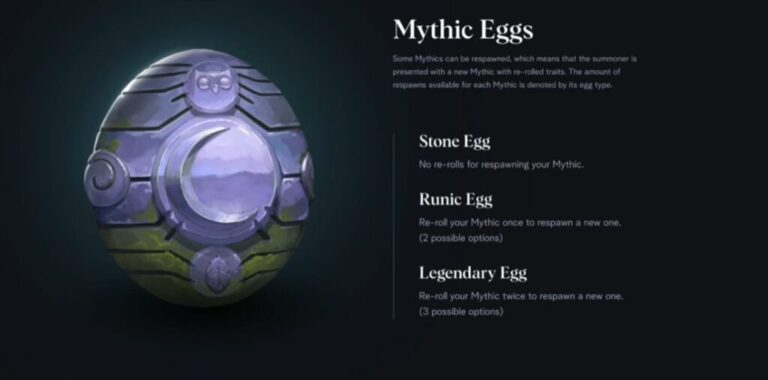Key Insights
- ICE token inflation continued its acceleration in Q3, with supply up 62% QoQ.
- Revenue from wearables in Q3 totaled $746,000, while wearable interactions fell by 45% QoQ.
- The platform averaged 4,118 daily active users during the quarter.
- On September 28th DG launched ICE Poker Flex, the mobile app that brings ICE Poker to web browsers, tablets, and smartphones.
- DG introduced ICE Poker Sit-n-Go (SNG) tournament mode, offering larger prizes that differ from normal ICE challenge rewards and is deflationary to the ICE token.
- Delegation V2, a substantial change to the delegation system that shifts incentives in favor of player ownership, was implemented in an effort to develop a sustainable in-game economy.
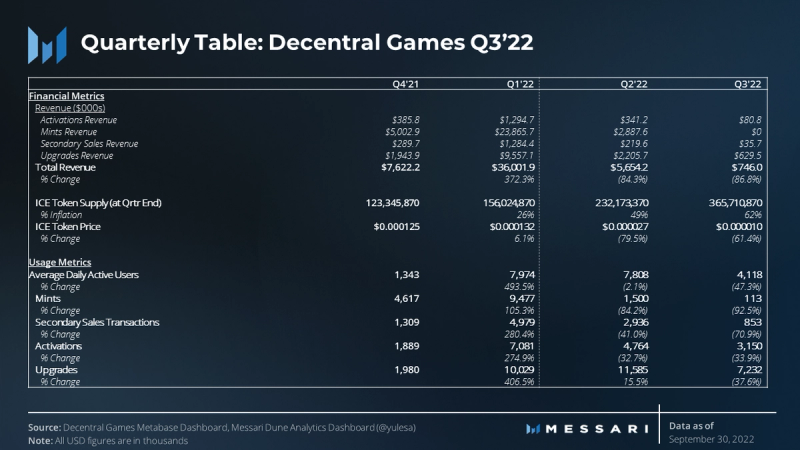
Primer on Decentral Games
Decentral Games (DG) is a game operator within Decentraland, a 3D browser-based world. They also offer their games via a progressive web app at app.decentral.games. Those who commit time to play the game are given the tools to build a collection of assets worth real-world money. Both fungible and non-fungible assets are incorporated within DG — users can self-custody assets, earn yield-based rewards, and take ownership of their in-game items.
DG uses Polygon as its scaling solution, and multifaceted partnership exists between the two entities. DG deploys its games on the Polygon network and is a member of Polygon Studio’s ecosystem. The Decentral Games DAO also runs its own Polygon node which has roughly $30 million in Polygon staked.
The most successful game offered in the DG ecosystem is ICE Poker. Launched in October 2021, the ICE Poker game is based on Texas hold’em. To play ICE Poker, users must own or rent at least one in-game digital asset (i.e., a wearable NFT). Each wearable NFT starts as an ICE Rank 1 item (beginner) and can be upgraded up to ICE Rank 5 (known as “diamond hands”). To move from one rank to a higher one, owners must spend both ICE tokens and XP earned by completing challenges to level up their assets.
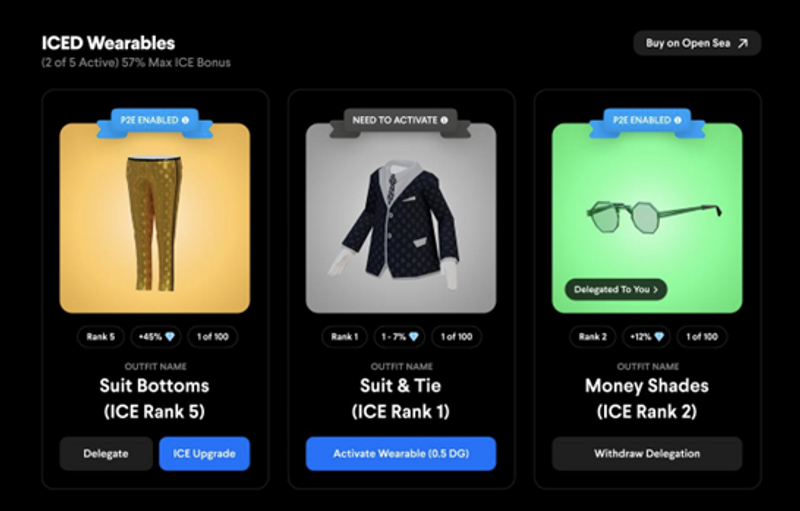
Source: Decentral Games
Players have the option of owning wearable NFTs outright (i.e., player-owner) or renting them (i.e., delegated player) from other NFT owners. Those with outright ownership may either acquire newly minted wearable NFTs or purchase them on secondary marketplaces such as OpenSea (secondary sales).
In return for the lower risk, delegated players split some of their earnings with NFT owners. Some delegated players save their earnings over time to purchase their own wearables. Historically, these delegates have been the primary value extractors within the economy and a constant source of selling pressure on the in-game currency, ICE.

By accessing a wearable NFT, a player gets a daily allocation of chips to be exclusively used for playing ICE Poker. Winning is measured in the number of ICE tokens earned. This gives players a risk-free seat at the table: a player’s upside potential is entirely based on in-game performance.
Each player is incentivized to perform a daily check-in, complete three daily challenges, and play well in exchange for ICE tokens and XP rewards. Gameplay rewards are calculated as follows:
- Based on each player’s ranking on the daily leaderboard, a performance multiplier is applied to their earnings, which are paid in ICE. The higher a player ranks, the higher their ICE earnings.
- Players may also get ICEbased on their wearable NFTs. There are five different wearable NFT ranks, each with corresponding rewards.
- At the end of each month, players at the top of the leaderboard can earn additional DG tokens, granting them increased governance and fee share in the DG ecosystem.
Nearly all “play-to-earn” games with in-game economies suffer from inflationary pressure. Historically, ICE Poker has faced the same issues. In fact, it has faced increasingly severe levels of inflation in recent months, as general player enthusiasm drop off amidst a deepening bear market. The DG team is addressing the ICE token inflation issue, primarily through the use of “token sinks” that serve to promote a “play-to-own” game philosophy.
Token sinks are in-game incentives for players to spend/burn the in-game currency and retain value within the ecosystem, rather than fully extract value out. The “Delegation V2” proposal (”ICE Merge”) implemented on Sept. 28, 2022, established a significant token sink opportunity through the use of “Banked ICE.” Though it still remains too early to tell, this new token dynamic is expected to materially diminish ICE token inflation and may even shift the supply issuance net-deflationary over the long-term. This proposal, along with several other token sink initiatives, is further explored under the Qualitative Analysis section of this report.
Performance Analysis
Daily Active Users
Similar to most other Web3 platforms, the deepening bear market has materially hindered user retention on ICE Poker. In the months after its Q4’21 launch, ICE Poker was among the most active and fastest-growing decentralized virtual worlds. However, daily active users (DAUs) participating in gameplay has declined without respite since reaching its peak in early Q2.

ICE Poker averaged 4,118 DAUs in Q3 2022, down ~47% QoQ. This is the sharpest QoQ decline in average DAUs to date and is the second sequential decline after the platform registered a 2% QoQ decline in Q2. The platform experienced a ~500% QoQ increase in DAU in Q1 2022 compared to Q4 2021. This trend reversal in DAU is jarring, considering the steep incline seen at the start of the year. DAUs peaked at 11,976 players on April 11, 2022, prior to the market turmoil that has upended the broader crypto landscape in following the two quarters.
The peak occurred less than two weeks out from a sharp decline in DAU on March 30 caused by a software glitch post-launch of the much anticipated Assigned Seating feature. The recovery in DAUs was short-lived. However, weakness in DAUs followed increasing volatility in markets, ultimately pushing players toward “risk-off” behavior. DAUs fell to ~2,500 by the end of September, down ~79% from the April peak.
Daily Active Users vs. ICE Supply (Inflation)

While user figures have drawndown, ICE supply growth has simultaneously accelerated upwards. Several factors have contributed to the token inflation. Among these factors are increased player earnings from wearable upgrades and bonus multipliers and a reduction in user reinvestment resulting from reduced appetite for “risk asset” exposure. Across Web3 gaming, participants have chosen to “de-risk” in response to uncertainty, selling their ICE rewards immediately for assets perceived to be “safer” rather than pursuing additional exposure to in-game digital assets. Ultimately, this led to 58% QoQ growth in ICE token supply in Q3. Since the end of the quarter, with the launch of Delegation V2, however, this is no longer an issue. ICE emissions have decreased significantly as a result.
Player NFT Interactions
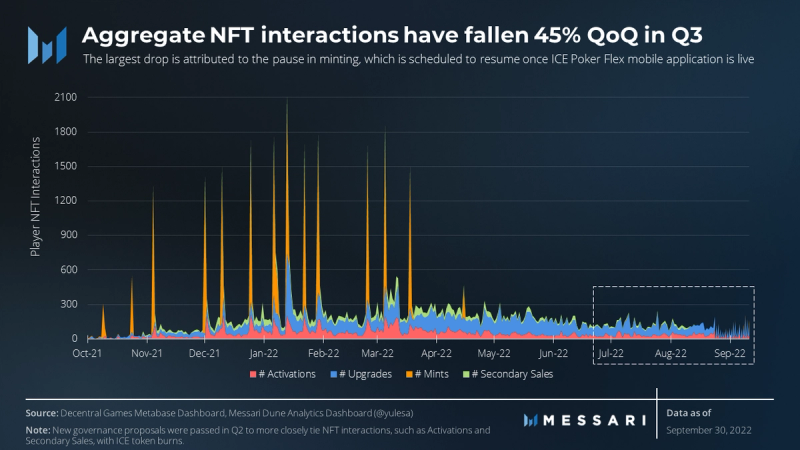
The ICE supply growth has continued despite the usual “token sinks” (e.g., wearable upgrades / activations, accessory purchases, secondary sales, etc.) implemented by the DG team to mitigate ICE emissions.
All player interactions with ICE Poker NFTs have declined QoQ. With fewer DAUs, the number of activations fell 34% QoQ. Similarly, wearable upgrades have fallen by 38%. Secondary sales transactions have experienced a steeper decline of 71% QoQ, which is in line with trends felt more broadly across NFT collections. Per governance proposals implemented in Q2, both activation fees and royalties from secondary sales are used toward ICE token “buy and burn” events, which occur weekly. The fact that these transactions have continued to decline in frequency has hampered the effort to reduce ICE token inflation.
Most notably has been the pause in NFT minting in Q3 2022, down 93% to 113 mints. This sits in stark comparison with the 1500 mints in the previous quarter and is down 99% compared to the peak of 9,477 mints in Q1’22. The DG team chose to pause all NFT minting to more effectively allocate resources toward the implementation of major upgrades planned for the quarter, such as Delegation V2 and the ICE Poker Flex mobile app. Once these upgrades have been implemented, mints are expected to restart. Moving forward, DG will require ICE tokens as payment for most, if not all, mints.
The decision to price collections in ICE came after the passing of a community-driven governance proposal in Q1 2022. The proposal called for future minting events to be used as another token sink to combat ICE inflation. The DG team announced that all future mobile tournament mints will be priced in ICE (instead of ETH), to solidify mobile minting as a permanent token sink.
Given the declines across all categories, the total number of NFT interactions fell by 11,348 (down 45% QoQ).
ICE Earned per DAU vs. Hands per DAU
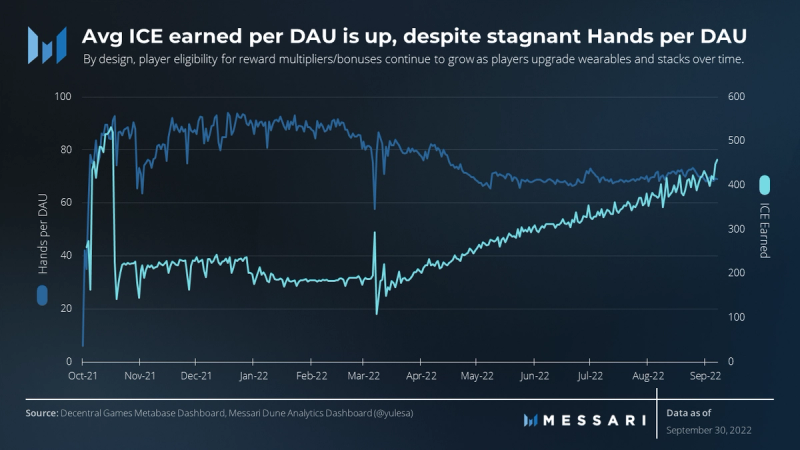
Even as player NFT interactions shrink, the average ICE earned per DAU has continued to trend upward. Through the first half of the year, Hands per DAU moved inversely with ICE earned per user. However, over the past two quarters players have hovered near 70 hands per day, while still earning more ICE on average. Once considering the game dynamics, the movement could be explained by an increasing number of ICE Poker players being eligible for reward multipliers and bonuses from upgraded wearables and stacks that players have acquired over time. The DG team notes that this dynamic is by design and highlights how the loyal players that remain continue to take advantage of the avalibale game opportunities.

Despite the increases in ICE earned per player, players have seen a decline in the amount earned in USD terms. This decline is the result of a 61% QoQ deterioration in the ICE/USD exchange rate, which was only partially offset by the increase in ICE earned per day.
NFT Wallets by Category
Guild Owners
ICE Poker enables guild owners to maximize their returns by tracking the performance of the delegated players via the Delegation Dashboard. In the ICE poker ecosystem, even a wallet with a single delegated NFT counts as a guild.

There are three types of participants earning ICE on any given day:
- NFT owners that earn directly from gameplay
- NFT owners that rent to a delegate and receive a share of total earnings
- Delegates (renters) that earn ICE through gameplay while using a rented NFT
During Q3’22, there were an average of ~1600 wallets per day earning ICE by delegating an NFT to another player, while ~3,400 delegates earned ICE per day through gameplay. On average, only 400 NFT owners earned ICE daily through gameplay. Note, there may be overlap between these three earning groups.
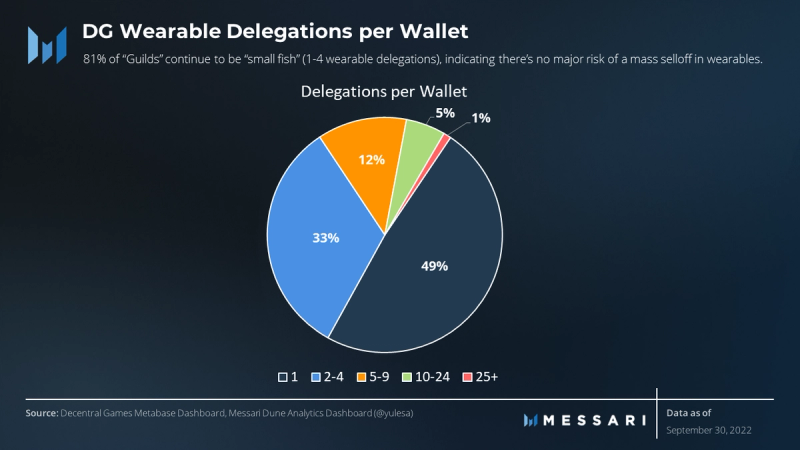
Of wallets with delegations (or guilds) in Q3, approximately an average of 49% delegated 1 NFT, while 33% had 2-4 delegations. The remaining 19% of guilds delegated 5 or more wearables.
As highlighted in previous quarters, this data continues to show that the vast majority of owners are small, organic participants. From the start, ICE Poker has grown through grassroots efforts, with no presales or over-the-counter deals to industry insiders. Instead, ICE Poker wearable NFT drops were designed with a wide community distribution in mind to incentivize gamers instead of token holders. That is, the goal is to incentivize players to acquire their in-game wearable NFTs through organic mints or secondary sales, while providing a pathway to ownership for delegates. In doing so, the revenues generated by ICE Poker is more sustainable.
DG Revenue Streams from NFT Interactions
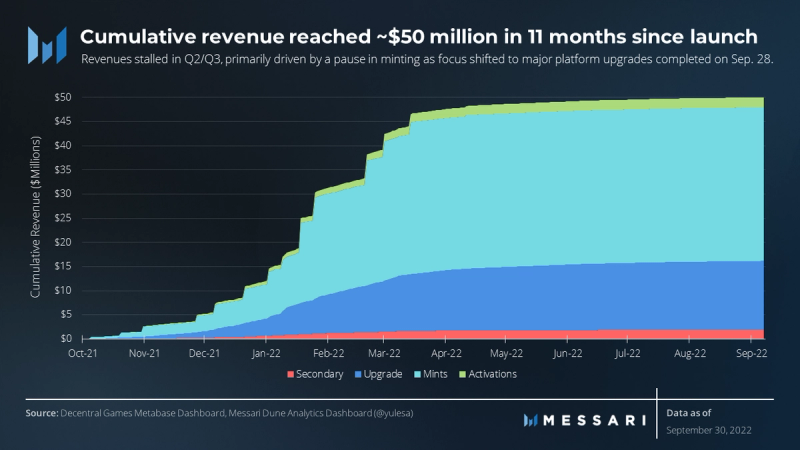
Approximately 11 months after the game’s launch, cumulative revenue derived from ICE Poker wearable NFTs reached over $50 million in Q3 2022, which is only a 1.5% QoQ increase. The modest growth was primarily caused by the pause in minting during the quarter. Minting has historically accounted for the majority of ICE Poker cumulative revenue and revenue growth, though DG chose to pause the creation of new wearables until the completion of the ICE Poker Flex mobile app and implementation of the Delegation V2 initiative. These figures do not include, non-core revenues from DG DAO’s polygon validator operations.
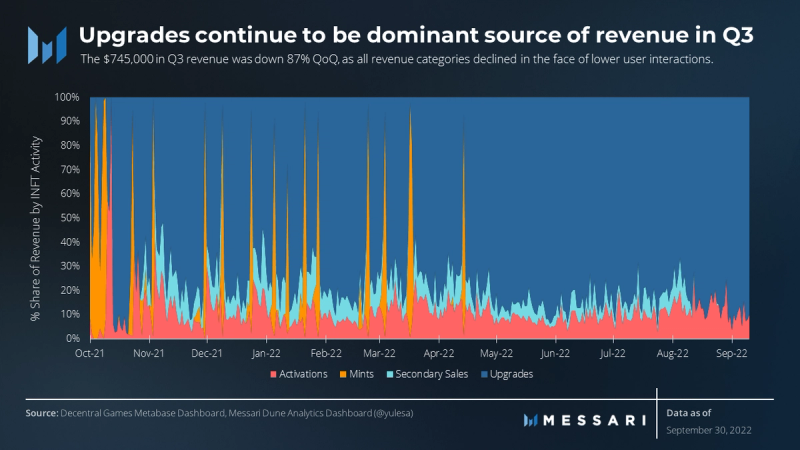
Upgrades have become the more consistent form of revenue. Notably, almost 94% of ICE Poker cumulative revenue corresponds to mints and upgrades. The remaining 6% is attributable to secondary sale royalties and activations.
Low revenues from secondary sales show that only a small portion of revenue is accrued from the changing hands of wearable NFTs. Instead, once a wearable NFT is minted, most owners don’t sell them and prefer to use them in-game or rent them out. Additionally, the stagnation in recent months can be tied back to the pause in minting, given that mints make up the vast majority of NFT sales.
Holistically, ICE Poker’s monetization strategy still resembles those strategies perfected by high-growth consumer tech companies. The first step is user acquisition, which is where ICE Poker is today. In the long term, wearable activations and secondary sales would transition to the primary source of revenue, once a solidified base of users remain within the ecosystem and the protocol achieves scale. In turn, these recurring revenue streams yield higher valuations and price stability for the protocol.
Qualitative Analysis
Governance Updates
The maintenance of DG’s governing rules is prodominetely left up to stakers of the DG token. Governance participants can vote on the use of proceeds, reward distributions, whitelist logic, partnerships, gameplay factors (such as point multipliers), and more. The following is a series of approved governance decisions with high protocol impact:
Aug. 1, 2022 — Add Utility for Ice Accessories and High Roller Items
Intended to be coupled with the previously passed “Dynamic Chip Allotment” proposal from Q2, this proposal seeks to add utility to ICE Accessories through the use of bonus chip advantages at check-in. ICE Accessories are minted by burning ICE. Therefore, increased utility for these NFTs is expected to drive greater demand and burning of ICE.
Per the proposal, “this type of ICE sink is valuable for the ICE Poker Ecosystem since this burns ICE without increasing ICE emissions and it’s something both delegates and owners would see value in obtaining.”
Sept. 23, 2022 — ETH Staking Node for the DG DAO
This proposal seeks to establish an ETH staking node run by the DG DAO, given the success of the DAO’s Polygon validator node. With Ethereum’s successful shift to PoS, DG DAO can become a validator for the Ethereum blockchain. DG DAO will use a combination of Polygon validator node rewards and secondary sale royalties to purchase the 32 ETH needed to establish a node. Alternatively, the DAO may use existing funds from the treasury to make the purchase.
After Ethereum’s Shanghai upgrade is completed (expected in 2023), the DAO can withdraw the ETH staking rewards to use as another source of ICE purchasing/burning.
Milestones Achieved in Q3
Launched on September 28, ICE Poker Flex is the mobile app that brings ICE Poker to web browsers, tablets, and smartphones. The web app allows users to play from any device, bypassing the restrictions of mobile app stores. Players can join a table directly without needing to enter through Decentraland, a desktop-only environment.
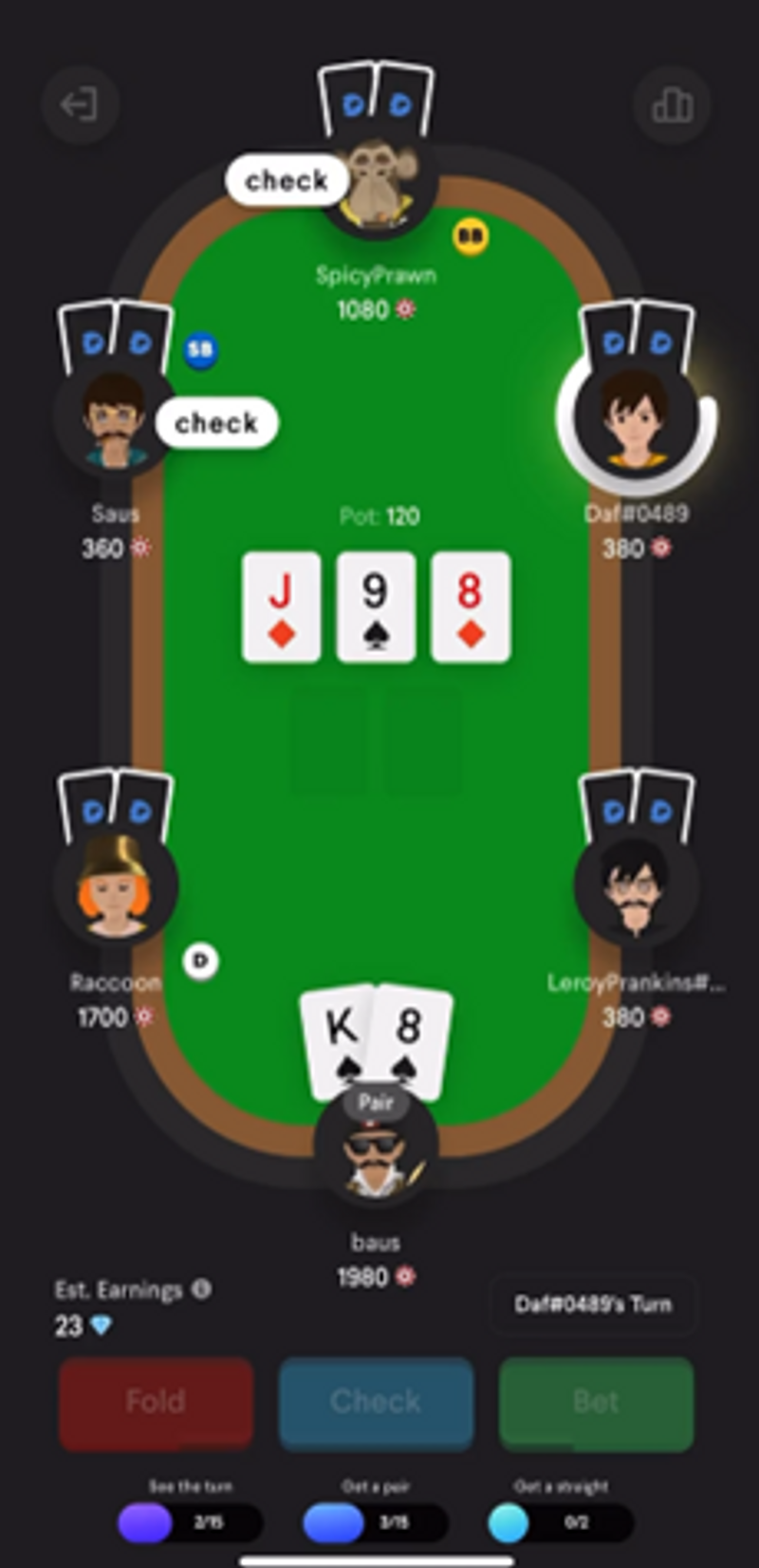
Given that the Flex web app closely resembles that of a Web2 UI, it’s expected to have improved reliability using the underlying tried-and-tested mobile techstack. The DG team anticipates Flex will attract users who would typically avoid the clunky and complex setup required to play within a Web3 “metaverse” app such as Decentraland. By providing more avenues to play ICE poker, this update is expected to increase user acquisition, remove friction, and enhance the sustainability of the in-game economy.
Sit-n-Go (SNG) Tournaments
In concert with the ICE Poker Flex launch, DG introduced ICE Poker Sit-n-Go (SNG) tournament mode. ICE Poker SNG is a fast-paced, single-elimination tournament that begins once six players join a table. SNG tournaments will have larger prizes differing from the rewards won in normal ICE challenges and us deflationary to the ICE token.
Winners collect badges to redeem for prizes including ICE Poker Wearables, accessories, ICE tokens, and xDG. The push to reward badges rather than tokens directly is part of a wider initiative to recapture more value back into the ecosystem and reduce the amount of immediate “dumping.” This update also implements a new form of currency used to enter tournaments, called “Shine.” This currency can be acquired by holding special “tournament wearables” that come with a Shine allocation or by burning ICE to add Shine to an existing wearable.
The DG team released a three-part in-depth Introduction to ICE Poker Tournament Mode: Part 1, Part 2, and Part 3.
Implementation of Delegation V2 – “The ICE Merge”
In an effort to develop a sustainable in-game economy, DG made a substantial change to the delegation system. Implemented on September 28, Delegation V2 shifts incentives in favor of player ownership. Delegated players have historically been a source of ICE dumping, as referenced on June 30, due to little incentive to hold the tokens or spend within the DG ecosystem.
This governance decision implements “Banked ICE” rewards for delegated players in place of the original ICE token. With Banked ICE rewards, a player can only spend the tokens in one of four ways. Three paths involve purchasing in-game accessories at a discount, but the fourth path is meant to redeem the Banked ICE at a 70% haircut (only 30% redeemed). Additionally, Banked ICE claims would be subject to the 2,000 ICE claim threshold. To be eligable to claim more than 2,000 ICE, a user must have a minimum of 6,667 Banked ICE.
This proposal is expected to result in a ~55% drop in ICE emissions, with the projected ICE burn rate exceeding the ICE emission rate. The goal is to make the ICE token deflationary with a burn-to-earn ratio greater than 1.0x. Additionally, this system is expected to nudge more delegated players to become “player-owners” by purchasing their own wearables at a discount rather than to lose 70% of the value of their ICE.
In the final days of Q3’22, the Burn-to-Earn rate exceeded 1.0x and reached as high as 1.13x on Sept. 30, 2022. Given that the implementation came late in the quarter, the Burn-to-Earn ratio should continue to be monitored to determine whether the latest game updates will have a lasting impact on net ICE emissions.
Roadmap

Though not 100% complete, the above graphic provides a high-level overview of the product roadmap. In step with the focus of the recent governance proposals, the DG team prioritized “long-term sustainability” of the in-game economy over the past quarter. The first three milestones from the above graphic were completed by the end of Q3’22.
Closing Summary
Though the bear market continues to put pressure across the entire industry, the DG team has remained steadfast in its commitment to becoming the first fully-deflationary Web3 gaming ecosystem. As experienced by its peers, DG faced falling revenues and DAU figures, along with continued heavy emissions to its ICE token. Despite all this, the DG team has focused its efforts on successfully implementing the largest updates to its platform to date.
Through the September 28 implementation of Delegation V2 as well as the ICE Poker Flex app and net-deflationary Sit-N-Go tournaments, Decentral Games hopes to finally take inflationary pressures off its ICE token and become a truly sustainable gaming ecosystem. Early reads indicate these latest changes have gotten ICE Poker to the closest point yet.

